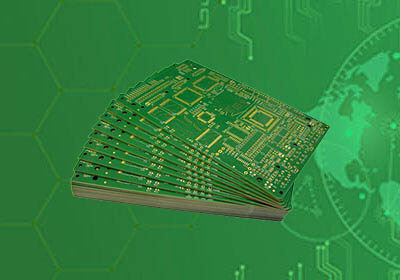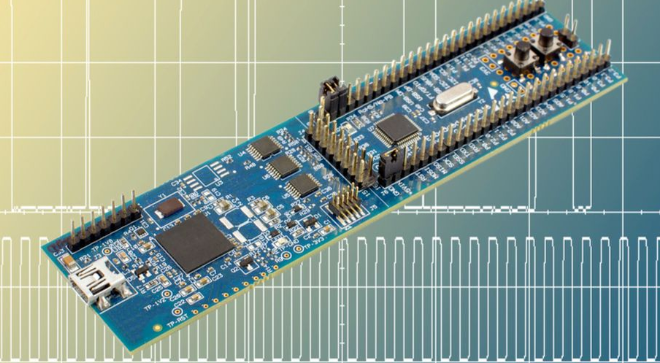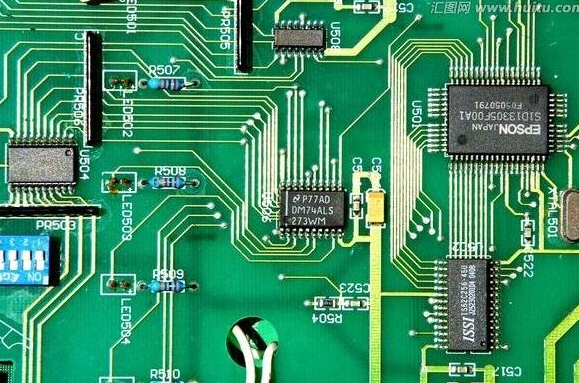1 oz pcb copper thickness
what is 1 oz pcb copper thickness mean?
1 oz copper thickness refers to the weight of copper foil per square foot of 1 ounce, which is approximately equal to a thickness of 35 microns. This thickness is widely adopted in the PCB industry, mainly because it strikes a good balance between performance and cost.

Advantages of 1oz Thick Copper
- sufficient conductivity
From the advantages, 1 oz copper thickness provides sufficient conductivity to meet the current requirements of most electronic devices. Its conductive properties enable the circuit board to effectively transmit signals and power to ensure the normal operation of the device. In addition, this thickness of copper foil has good mechanical strength and can withstand certain physical and thermal stresses, thereby improving the durability and reliability of the PCB. - easy to handle
1 oz copper thickness is relatively easy to handle during the manufacturing process, suitable for large-scale production, and reduces production costs.

Disadvantages of 1 oz coppper thickness
- may not be enough to provide the required conductivity
1 oz copper thickness also has some disadvantages. First, for high-power applications or circuits that need to transmit large currents, 1 oz copper thickness may not be enough to provide the required conductivity. In this case, thicker copper foil may be required to ensure the stability and safety of the circuit. Secondly, although 1 oz copper thickness has sufficient mechanical strength in most cases, its performance may be affected in extreme environments, such as high temperature or high humidity conditions.
- Unable to meet high-demand designs
In addition, with the trend of miniaturization and high density of electronic devices, 1 oz copper thickness may not meet the needs of some high-precision and high-density circuits, requiring thinner or thicker copper foil to achieve more complex designs.
On the whole, 1 oz PCB copper thickness plays an important role in the electronics manufacturing industry. Its advantages are that it provides good conductivity and mechanical strength at a relatively low cost. However, its disadvantages cannot be ignored, especially in high-power and high-density applications. Therefore, when choosing PCB copper thickness, it is necessary to weigh it according to the specific application requirements to ensure the performance and reliability of the circuit board. By reasonably selecting copper thickness, the design and manufacture of the circuit board can be optimized and the overall performance of electronic devices can be improved.






